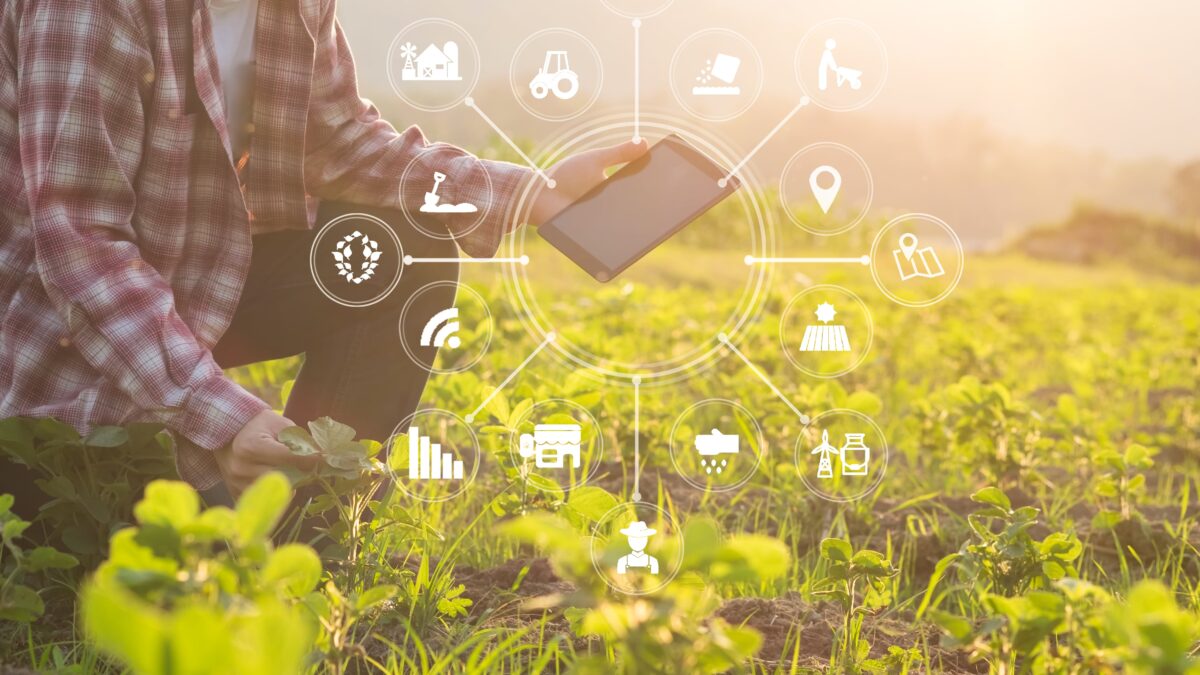Technologies are improving the the functioning of the agricultural sector, creating opportunities and contributing to the development of rural areas and farming. More specifically, these improvements are being driven by digital technologies such as big data, sensors combined with satellite imagery, and artificial intelligence. In the context of a European project, experts identified these technologies as having the potential to change the status quo in rural areas and the agricultural sector. Experts from 16 member states and three non-EU countries provided their opinions on the digital technologies expected to have the greatest impact on the future of rural areas and farming. With digitalisation already becoming a major trend in agriculture and impacting the lives of citizens in rural areas throughout Europe, experts categorised the technologies based on their capability to facilitate rural development by 2040. Big data, sensors coupled with satellite images, and artificial intelligence were voted by experts as the three primary technologies that could shape the future of rural areas, receiving 59%, 52% and 44% in the voting, respectively. As for autonomous systems, blockchain technologies and 3D printing, less than one-third of the experts believe they could have a significant impact in rural areas. According to the experts, the technologies most likely to significantly impact agricultural areas could expand access to data, information and public administration services. They can also give rise to new forms of labour and bolster the development of new businesses in agricultural areas. Digitalisation may also work to counterbalance current structural societal differences and reverse some of the chronic negative trends in rural development. For example, it may make farming more attractive to younger people, contributing to generational renewal and the establishment of agricultural enterprises. The introduction of new farmers will also, among other things, lead to an influx of new residents to rural areas.

✖









